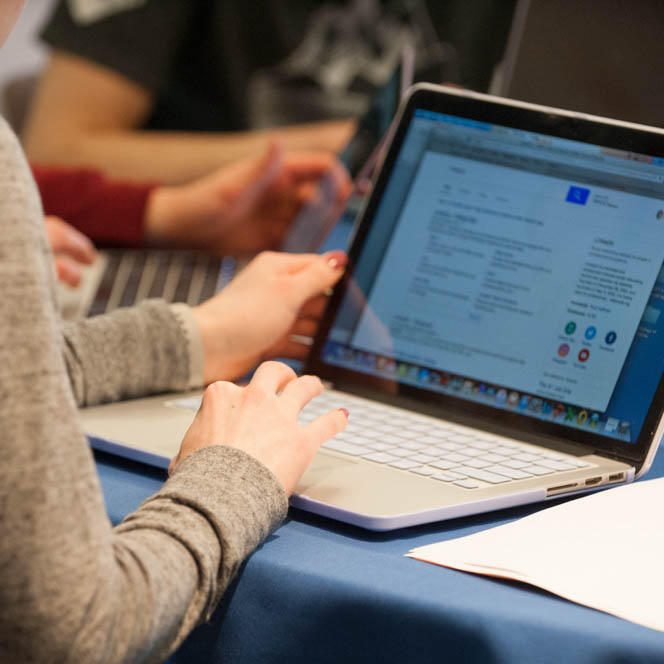Choosing the best educational tools and technologies for your teaching can be overwhelming. There

are so many options available and not all might make sense for you and your class. So, which ones should you use? Before selecting any technology to use, be sure to ask these questions:
- Does the technology help to meet your course outcomes or objectives?
- Does the technology maintain the privacy of your students’ information?
- Is the technology accessible to all of your students?
- Is the technology easy to learn and use?
If you answered “no” to any of these questions, then we suggest that you avoid using that particular technology to guarantee the safety and success of your students. To help you decide, we summarized some suggested ways in which you can implement technology meaningfully in your teaching, along with tools supported by Boise State that can help.
Note: Many of the tools suggested here are institutionally supported by Boise State, which means faculty and staff can get help using them from the Help Desk. Tools that aren’t currently supported by Boise State are indicated by an asterisk.
Providing Feedback to Students
Students want to hear from their instructors to know how they’re doing in a course and that their thoughts and work are being valued. Canvas allows you to leave not only text feedback on assignments and discussion posts, but audio and video feedback as well. Using audio and video feedback occasionally can help your students connect with you more personally, leading to better engagement. Other tools that allow you to record video feedback include Camtasia and Panopto.
Allowing Students to Share Their Thoughts
Teaching is a two-way conversation, where instructors are not just sharing information with their students, but students are also sharing information back, which can grow engagement. For example, you can use quiz or polling tools like iClicker, Zoom’s polling feature, or Kahoot* to gauge your students’ thoughts and understanding on topics presented in class. Students can also brainstorm ideas on a problem or topic area using whiteboard/bulletin board tools such as Padlet*, Jamboard and Google Slides. In addition, for every class, assign a few students to take notes collaboratively using a Google Doc. This frees the other students in class to focus more on the content being covered. Afterwards, all the students will have access to the shared notes, which they can then add to and use as a study aid.
Having Discussions
Allowing students to participate in meaningful discussions around course topics is a great way to increase engagement. One way to do this is to utilize Canvas to create text-based discussions on course concepts. For best results, you should create open-ended discussion prompts that promote varied responses from students and draw upon their personal experiences. However, if you’d like more video-based discussions in your course, tools like Flip (formerly Flipgrid) are great to use. Finally, students can have discussions directly within the course content (digital text, video, or web pages)
using social annotation tools such as Perusall. Perusall allows students to annotate (comment upon) your course content, turning reading into a shared, active experience.
Expressing Ideas Through Various Media
Instead of having students submit only written assignments, students can now use audio, video, and other forms of media to express themselves. Example tools include Canva, Piktochart*, and Adobe Express* that allow students to share visuals, diagrams, and infographics. You can also ask students to record and share audio/podcasts using tools such as Zoom, Audacity* and GarageBand*. Finally, students can share video/slide presentations using tools such as Zoom, Panopto, and Adobe Express*.
If you have technical questions about using institutionally supported technology in your teaching, please reach out to the Help Desk (helpdesk@boisestate.edu) for assistance. For support with considerations related to accessibility, please check out the Accessibility Resources page of the Boise State website. For pedagogical questions about using technology to achieve better results in your teaching, or for questions about emerging technology, please contact the Center for Teaching and Learning (ctl@boisestate.edu) to schedule a consultation.